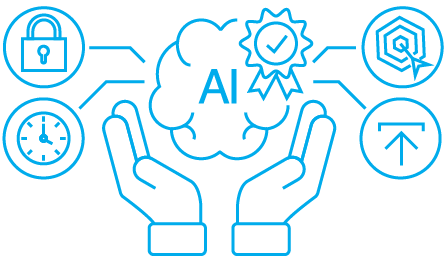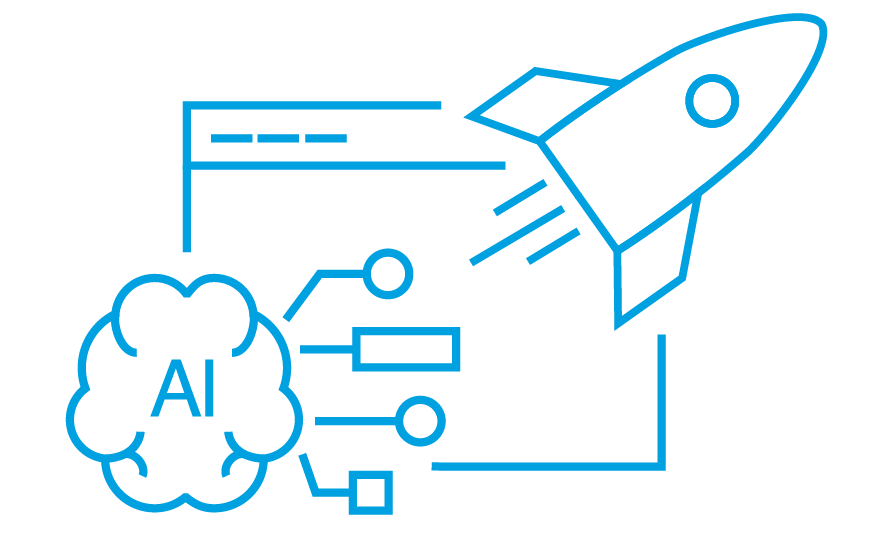- What is DSP?
- How DSP works?
- DSP in programmatic environment
- DMP and DSP
- How the platform can help advertisers?
Demand Side Platform (DSP) is used in digital advertising, during data integration between advertisers and users. The platform is used for buying ad inventory and displaying the right ads to the right audience. Accurate targeting helps to increase ROI, expand a client network or improve brand awareness. The big merit of the platform is that it can perfectly handle all these cases.
What is DSP?
DSP is a platform that cooperates with advertisers, advertising agencies, marketing teams, and Agency Trading Desks. Simply speaking, it is built to buy ad space for the advertisement. It’s a part of the programmatic model, where an online campaign is targeted at the specific audience. To check how to create your target group, check our article – understanding target audience.
Using a connection with data providers, like DMP, DSP stores 3rd party data that includes all the information about user profiles, such as gender, age, browser behavior, buying intentions or where exactly the user stopped on the purchasing path.
This helps the platform to find the best converting user group for the campaign. To learn more about choosing the right audience, find out how to use the power of 3rd party data in digital marketing.
Thanks to gathering all the information, DSP allows marketers to make a bid per single user. In a real time it decides what will be the cost of ad space and what ad should be displayed, depending on the user’s profile. DSP strives to buy the space for the lowest price.
How DSP works?
As we mentioned, DSP is a part of RTB system – model of automated buying of ad space, based on real-time auctions. All the parts of RTB mechanism are working simultaneously, so the whole process lasts as long as the page loads. To check how RTB works in details, read our explanation of what is real time bidding.
When the auction starts – a user is waiting for opening the website – DSP’s algorithms calculate the rates for the advertiser’s bid per user, whereas the bid with the highest rate wins. In order to prevent the advertiser’s overpaying, a second-price auction has been implemented into the mechanism. This means that the auction winner pays not the amount that was declared by him, but the second highest rate + $0,01.
DSP in programmatic environment
There are a bunch of customizations that could be done on DSP platform by advertisers. Based on the character of the company’s services, target audience, and specific campaign goals, an adequate using of these settings can bring the campaign to higher effectiveness. Below we’ve listed a few examples of using the features of DSP:
- it is easy to create white or black lists of websites, where their ad can or can not be posted on. By such filtering company can be sure that their reputation will not be detracted e.g., by posting their ads on the pages, that contradicting accepted rules or working against company’s policy
- you can split the budget by even parts per day of the campaign till the end of it
- marketer can set a frequency capping – it’s a defined number of how many times the same ad will be shown to the same user;
- an advertiser has a ‘dayparting’ option to set. This option defines at what part of the day the ad will be shown.
DMP and DSP
Data Management Platform (DMP) and DSP work with Supply-Side Platform (SSP), which on the other hand cooperates with publishers. If you use a DMP, there is a dedicated pixel on your website. It collects the data with particular user characteristics. The data is transferred to the platform, where is analyzed and subjected to the verification process. If you want to display an ad to this user, you can create a segment on DMP. Then you can license it to DSP platforms which are connected with SSP and makes it possible to show adequate ad to user group you had chosen.
In the digital era, smart data management is crucial for the efficiency of conducted campaigns. To learn more about features and benefits of using DMPs check our article why do you need a DMP?
How the platform can help advertisers?
RTB system that include mentioned platforms, like DSP and SSP, is a dominating model on digital advertising market. According to Zenith’s report, 65% of all money spent on advertising in digital media in 2019 will be traded automatically – in programmatic model.
DSP platform, which is an important part of RTB system, is responsible for buying the ad space on publisher’s websites. To sum up its features, take a look at the list of built DSP functionalities:
- DSP gives a possibility to effectively maintain your online campaign by knowing where exactly your ad is placed
- you have a constant look into actual reports. Therefore, it’s easy to make conclusions and adjust the campaign to the needs of your target group
- you can easily control your ad budget to use media spendings the most effectively
- DSP eliminates a bid to the users outside of your target audience
- by using DSP you reach the right audience, so you can improve conversion rate and increase brand awareness



